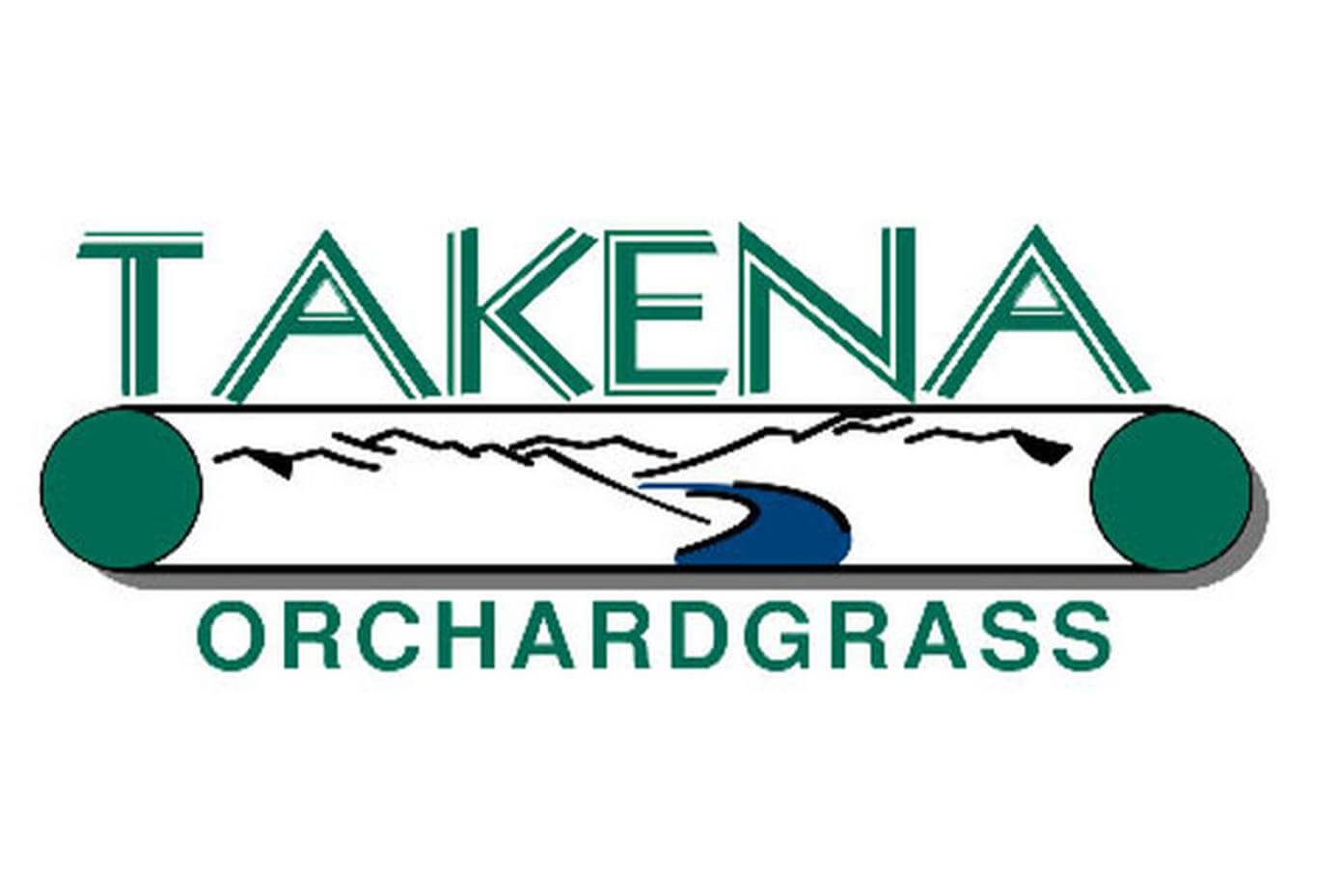Market Watch
This is one of those winters where the majority of the U.S. population will be glad to turn their calendars from a frigid January to a hopefully warmer February, especially the Mid-West, East, and South-East! And, as shelves begin to be stocked with seed, farmers start frost seeding, and lawns begin to come awake, we expect heavy shipping all month. January markets saw another ratchet turn upward on perennial ryegrass, half a turn on fine fescue, and unwavering Kentucky bluegrass prices. Tall fescue buyers are leaning forward wondering how much of a position to take at these lower prices, while still trying to get the best deal for spring needs. Hopefully, by this time next month we will all be in a shipping frenzy.
Crop Talk
Last month we talked about the NUMBER of acres and the change from last year. And, although it is still too early to obtain a solid assessment of how good yields will be, we thought a quick glance at how the crop is looking RIGHT NOW, might be worth passing on.
Acreage Assessment - How's 2003 Crop LOOKING?
| Species | Comments |
|---|---|
| Annual Ryegrass | Fields look good. |
| Perennial Ryegrass | A mixed bag with reports of great looking fields as well as reports of terrible looking fields that will see the plow this spring. The dry fall and cold November seem to have more severely affected the older stands. |
| Tall Fescue | Fields looking good with no reported crop concerns. |
| Kentucky Bluegrass | A mild winter with plenty of rain has made up for a dry fall in the Northwest. Both irrigated and non-irrigated fields are reported to be in ideal shape for good yields. |
| Creeping Red Fescue | Fields are looking good with an expected average yields. |
| Orchardgrass | A mixture of good and poor fields. |
| Red Clovers | No concern on yields |
| Crimson Clover | Late start due to dry, cold weather caused it to be behind. Mild weather may counter any weakness. |
Characteristics
The University of Michigan has just released their harvest report for 2002 showing Takena Orchardgrass as the top yielder in the hay trial. Data from their grazing trials also placed Takena in the top three. Other data from Ohio and Kentucky has show Takena to be a later maturing, high yielding, high quality orchardgrass perfect for both hay and grazing applications. Although we are already sold out for spring, it’s not too early to get your name in for 2003 crop seed!
Did you know?
Did you know? Some quotes heard recently from “Marketing Guru”:
- Simplification of service, ease of purchase, and convenience are NO LONGER a competitive edge; they are now an expected norm.
- The best way to sell is to make it easy to buy.
- People are doing less browsing and more “destination shopping.”
- The average household spends $440 a year on lawn and garden related purchases.
- Consumers don’t buy products; they buy how they IMAGINE how using them will make them FEEL!
